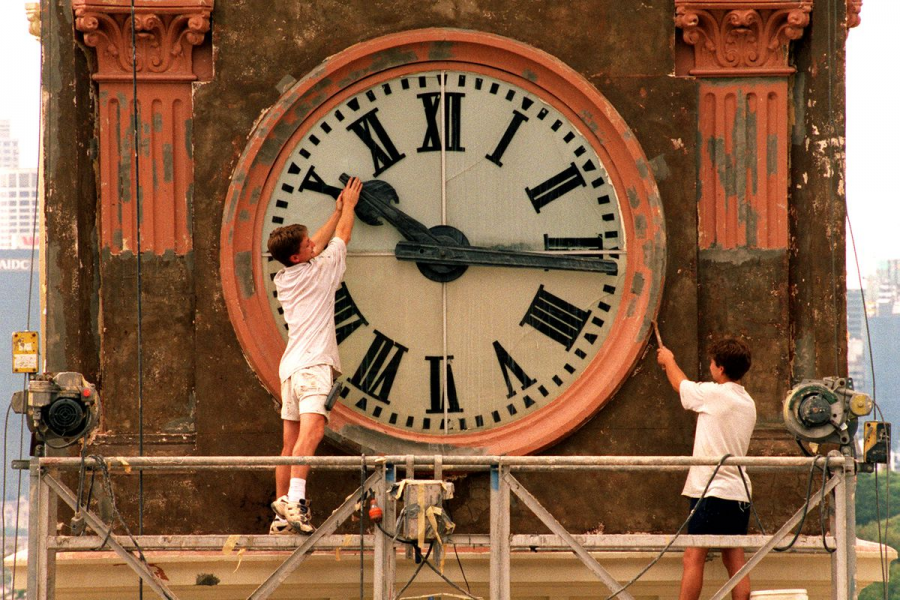May 18, 2021
Daylight savings time has been long debated, and we’ve gotten to the point where almost everyone agrees that we need to get rid of it. Then what’s the issue? Why are we stuck with this confusing and inconvenient tradition when no one wants it around anymore.
Essentially, we live in two different time zones depending on the time of year. From Spring to Fall, we are in Daylight Savings Time (or DST). And during the winter, we live in Standard Time (or ST).
If we were to completely eradicate daylight savings time, like so many people want, how do we choose which time zone to stay in?
DST is an hour behind ST, meaning that the sun rises at 5 AM and sets at 5 PM. Which means in ST, the sun rises and sets at 6.
Well just about every aspect, common sense, biology, and safety, points to DST. What it all comes down to how we use light and how our body responds to it.
Only 8% of the population wakes up at, or before, 5 AM. The numbers rise significantly when you look at 6 AM which is the most popular wake up time. Why would we waste an hour of sunlight on a time when only 8% of the population is actually awake to use it?
If the sunrise occurs at 6 AM, and the sunset at 6 PM, this will give the most amount of time in daylight to be utilized by workers, and anyone else who enjoys the use of natural light as opposed to fluorescent and artificial light. In fact, according to solarspot.co.uk, overexposure to artificial light can make you more prone to cancer and cause long term damage to our eyesight.
Not only that, but when it gets light outside, our optic nerves take in the information and signal to stop the production of melatonin, the chemical responsible for sleep. It also raises our energy levels, alerting our body to wake up. Sleep.org explains lights’ effect on our sleep quite well, stating that, “Your circadian rhythm, or sleep-wake cycle, is attuned to the patterns of the sun. when it’s light, you feel awake, and when it’s dark, you feel tired.”
Basically, sleeping while it’s light outside does serious damage to our sleep cycle. It can make us get less REM sleep because our brain isn’t producing enough melatonin, which will make us exhausted during the day.
Another reason for choosing DST is traffic patterns. The road is busiest late afternoon-early evening, due to a lot of people getting off of work in this 4-5 PM range. It’s common sense that driving in the dark is much riskier than driving with full sunlight. In fact, 40% of accidents occur at night, despite the fact that less people are driving. More than 40,000 people were killed in car crashes in 2016.
Assuming half of those happen at night, that is up to 20,000 deaths in 2016 that could have been prevented with an extra hour of light. Nsc.org says that, “depth perception, color recognition, and peripheral vision can be compromised in the dark, and the glare of headlights from an oncoming vehicle can temporarily blind a driver.”
Overall, Daylight Savings Time is the best option when deciding which time zone we should stay in given the biological effects light has on our body. Sleeping in more darkness will allow our body to sleep more deeply and using that extra hour of light will be useful and way more say for people driving early in the morning or late in the afternoon.
